How to Master the Japandi Look
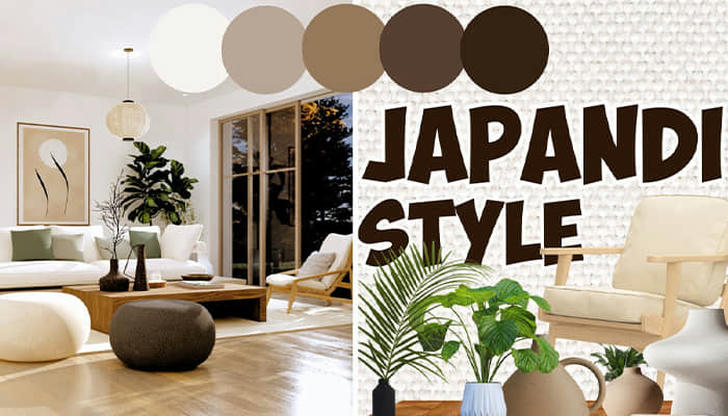
If you’ve ever felt overwhelmed by clutter, or found yourself craving a space that feels calm and intentional, then Japandi might just be the answer you’ve been searching for. This is your practical guide to transforming your home into a tranquil haven that perfectly balances form, function, and heart.
To truly understand Japandi, we have to look at its roots. On one side, you have the Japanese aesthetic of wabi-sabi, which celebrates imperfection, transience, and the beauty of natural materials. On the other side, you have the Scandinavian concept of hygge, which is all about creating a feeling of coziness, contentment, and well-being. Japandi is where these two worlds meet. It’s where the clean, intentional lines of Japanese design are softened by the comforting textures of a Scandinavian home. It’s where minimalism is not stark or cold, but warm and nurturing. The result is a space that feels uncluttered and harmonious without ever feeling sterile.
Your Japandi Checklist: The Core Elements
Mastering the Japandi look is less about buying the right furniture and more about embracing a new mindset. Here’s what you need to focus on.
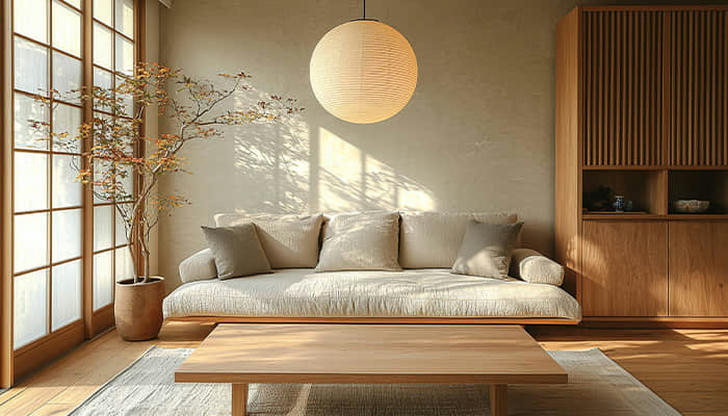
1. The Color Palette: Earthy and Muted
Forget bright, shocking colors. The Japandi palette is a soft, calming blend of neutrals and earthy tones. Think muted grays, soft off-whites, warm beiges, and gentle charcoal. You can also introduce subtle, soothing colors inspired by nature, like clay, terracotta, and dusty greens. The key is to create a seamless, cohesive flow between rooms, making the entire home feel like a tranquil retreat.
2. Materials: Natural and Authentic
Japandi is all about authenticity. The materials you choose should feel real and have a story. The biggest star here is wood—but with a twist. The Scandinavian side favors light-toned woods like ash and pine, while the Japanese influence leans towards darker, richer woods like walnut. The perfect Japandi home incorporates a mix of both for contrast and warmth. Other essential materials include bamboo, rattan, linen, wool, jute, ceramic, and clay. These textures add depth and a sense of coziness.
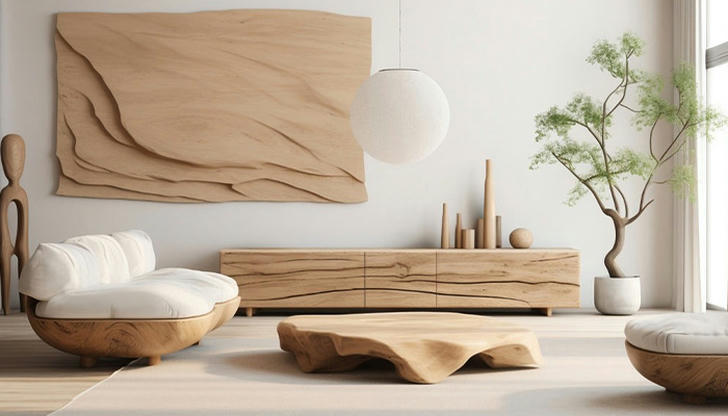
3. Furniture: Low, Clean, and Functional
When it comes to furniture, think quality over quantity. Every piece should have a purpose and be a work of art in itself. Japanese furniture is typically low to the ground, creating a feeling of groundedness and calm. Combine this with the clean lines of Scandinavian design, and you have your Japandi furniture. Look for low-profile sofas, minimalist wooden chairs with tapered legs, and simple, functional side tables. Avoid anything overly ornate or bulky.
4. Decluttering: The Art of Less
This is non-negotiable. Japandi cannot exist in a cluttered space. Before you even start decorating, you must declutter. Go through your home and get rid of anything that doesn't serve a purpose or bring you genuine joy. Smart storage solutions, like hidden cabinets and built-in shelving, are your best friends here. A Japandi home is a mindful home, and mindfulness is impossible when you’re surrounded by chaos.
A Room-by-Room Guide to Your Japandi Sanctuary
The Living Room: Your Peaceful Hub
In the living room, focus on creating an inviting space for relaxation and conversation. A low-profile sofa with clean lines is a perfect starting point. Pair it with a simple wooden coffee table. For accessories, a plush wool rug adds a layer of comfort, while a few well-chosen ceramic vases or a single piece of minimalist art can act as focal points. Keep electronics to a minimum and hide any cords.
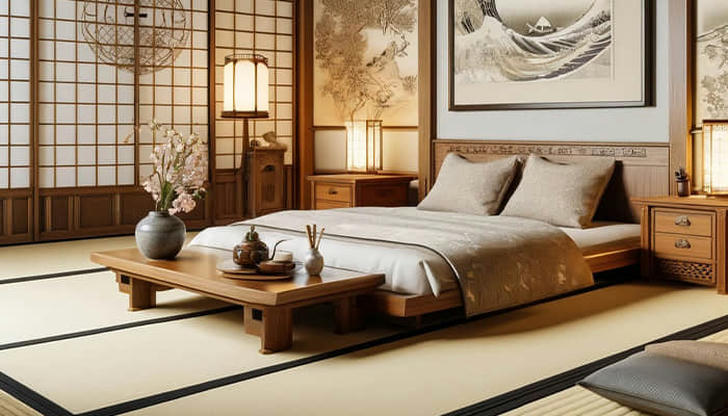
The Bedroom: A Sleep Oasis
The bedroom is your ultimate sanctuary. The goal is to make it as restful as possible. Opt for a simple wooden bed frame, perhaps a low-slung one inspired by Japanese futons. Dress the bed in natural textiles like linen or organic cotton in soft, neutral tones. Avoid having a TV in the room. Instead, introduce a simple floor lamp with warm, soft lighting and a single plant to add a touch of life.
The Kitchen: Clean and Intentional
A Japandi kitchen is all about functionality and a clean aesthetic. Think sleek, handleless cabinets and clear countertops. If you have open shelving, use it to display a few carefully chosen, handmade ceramic mugs or bowls. The emphasis is on a clutter-free, efficient workspace where cooking becomes a meditative act. The Bathroom: A Spa-Like Retreat
Transform your bathroom into a minimalist spa. Use natural materials like stone, wood, and concrete. Keep the toiletries hidden away in simple storage, leaving the countertop completely clear. A few carefully placed items, like a small bamboo bath mat or a single glass vase with a sprig of greenery, are all you need to create a sense of calm and luxury.
Final Touches: The Small Details That Make a Big Impact
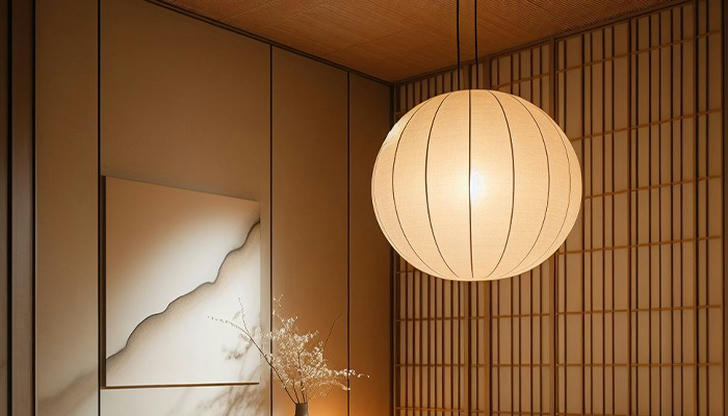
Lighting: Soft and Serene
Lighting in a Japandi home is crucial. Avoid harsh overhead lighting. Instead, opt for soft, warm, and indirect light sources. Simple pendant lights with paper or natural fiber shades can create a beautiful, diffused glow.
Greenery: Sculptural and Intentional
Don't fill your home with a jungle of plants. Instead, choose a few carefully selected, sculptural plants that make a statement. A tall snake plant, a delicate bonsai tree, or a single branch in a ceramic vase can add a touch of living art to your space.
Decor: Less is Always More
Your decor should be minimal and meaningful. A single piece of abstract art, a beautiful ceramic bowl, or a handmade wooden tray—each item should tell a story. This is where the principle of wabi-sabi shines. Embrace the beauty of a hand-thrown pot with a subtle imperfection.
The Japandi style is more than just a trend; it's a way of life. It’s an invitation to slow down, to appreciate the beauty in simplicity, and to create a home that is a true reflection of calm and intention. It’s about building a refuge from the outside world, one natural material and clean line at a time. So, are you ready to find your zen?
